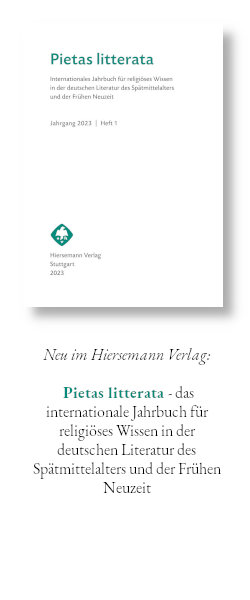Von der lateinischen zur altfranzösischen Metrik
Eine Studie in historischer Kohärenz
Schlagworte:
collapse of Latin quantities, isosyllabism, Augustine’s Psalmus contra Donatistas, Ambrosian and post-Ambrosian hymn-verse, septenarius, senarius, function of assonance, monosyllabic vs. bisyllabic assonance, Old French 8-, 10-, 12-syllableverse, syllable pairs, Old French female cadenceAbstract
Whereas introductions to medieval Romance versification are usually structured thematically, not chronologically, the present study attempts to explain the development from Latin to Old French versification – within the dimensions of a single article, but as stringently as possible – as a sequence of closely linked, supra-individual and often linguistically triggered processes: metrics in the making. In particular, it stresses some usually overlooked aspects, such as the reinterpretability of quantitative verse as isosyllabic in the age of transition, the astonishing breadth of the general trend to isosyllabism (and its genre-determined limits), the function of assonance (later rhyme) as a necessary complement of isosyllabism, the modalities of the adoption of isosyllabism from Medieval Latin into the vernacular, the genetic vs. the functional relationship between Old French eight-, ten- and twelve-syllable verse, and, last but not least, the curious crisis of the feminine cadence in early Old French verse.


